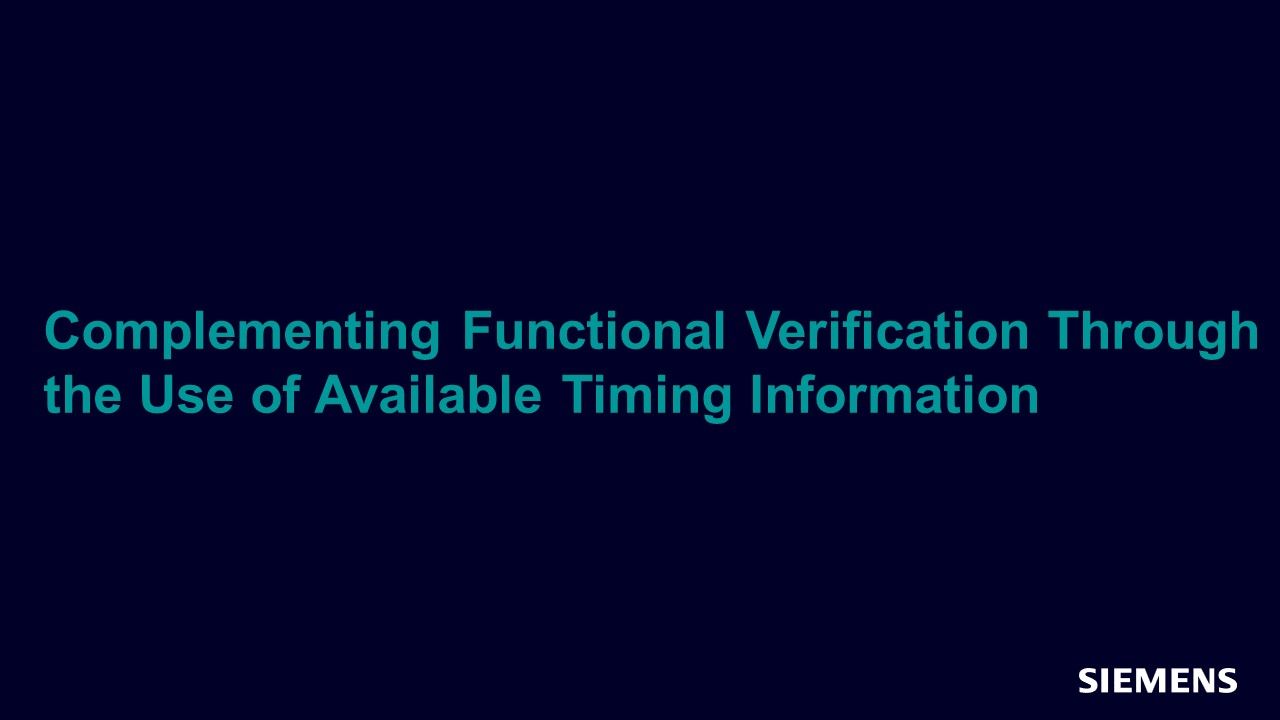Complementing Functional Verification Through the Use of Available Timing Information
Since the advent of formal techniques, the application of formal analysis has helped designers achieve more in-depth analysis and coverage of functional verification activities in general. However what has spurred the growth and popularity of such techniques has been specific and targeted applications of formal analysis.

Full-access members only
Register your account to view Complementing Functional Verification Through the Use of Available Timing Information
Full-access members gain access to our free tools and training, including our full library of articles, recorded sessions, seminars, papers, learning tracks, in-depth verification cookbooks, and more.